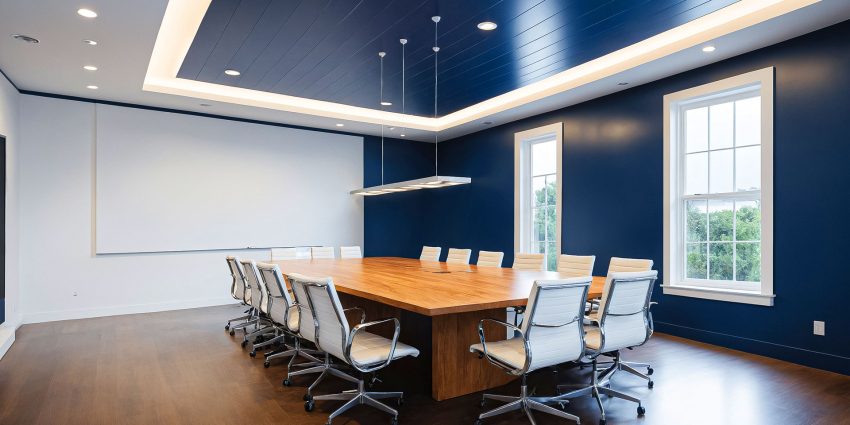We’ve all seen it: a freshly mopped floor, a lemon-scented lobby, and desks that sparkle in the right light. It looks clean, but is it really? Surface shine might impress at a glance, but deep cleanliness is what actually protects people and property.
The problem? Too many facilities stop at what’s visible. And what’s visible doesn’t stop viruses, mold, or grime embedded in HVAC systems.
What Deep Clean Really Means
Deep clean isn’t just about elbow grease. It’s about precision and intention. The right approach targets areas that standard routines miss, including:
- High-touch zones like elevator buttons, door handles, and shared equipment
- Under-the-surface buildup in carpets, grout lines, and air ducts
- Biofilm layers on fixtures and in restrooms
Real clean isn’t always obvious, but it’s always effective.
Your Facility’s Hidden Weak Points
If you only clean what you can see, you risk leaving dangerous blind spots. Bathrooms can smell fresh but harbor bacteria in tile seams. Kitchens might appear spotless, but hide food-safe hazards in equipment.
True facility health requires a strategy that digs deeper. That means diagnostics, targeted sanitation, and a schedule that reflects usage, not just appearances.
Why Deep Clean Pays Off
Think of it this way: every layer of grime left behind adds up. Over time, it becomes harder and more expensive to fix. But with proactive deep cleaning, you:
- Extend the life of materials and surfaces
- Reduce absenteeism linked to illness
- Minimize liability from preventable hazards
- Boost staff morale by showing care for their environment
Conclusion
Anyone can spray and wipe. But few take the time to get into the cracks, corners, and filters that actually affect health and performance. Don’t settle for superficial. A real clean reaches beyond what meets the eye, and creates an environment that supports safety, longevity, and pride.
Because the clean that matters most is the one you don’t always see.

